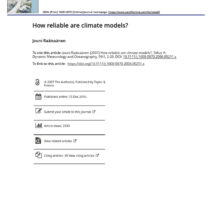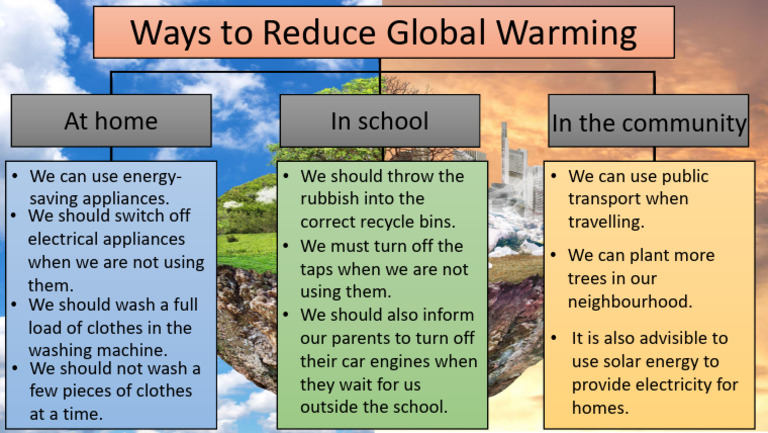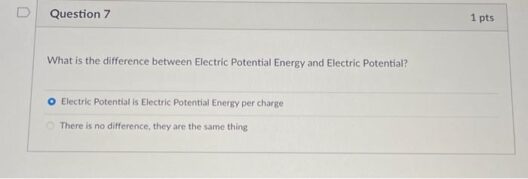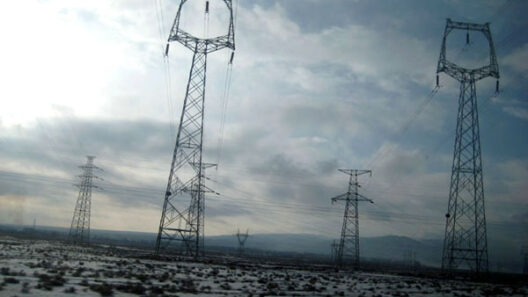In the grand tapestry of existence, human activity has woven threads of carbon emissions and warming temperatures, creating an intricate design that many have come to recognize as global warming. Yet, with thoughtful actions and behaviors, individuals can unravel their contribution to this ominous phenomenon and, in doing so, weave a more sustainable future. Herein lies an exploration of the myriad strategies that individuals can adopt to minimize their environmental impact.
Rethink Your Mobility
Transportation, a pivotal cog in the industrial machine, is also a major contributor to greenhouse gas emissions. Cars, buses, and trucks emit vast amounts of carbon dioxide, much like a smoldering fire giving off smoke. By reimagining our mobility, we can transform this smoke into fresh air. Opting for public transportation, cycling, or walking not only reduces carbon emissions but also rejuvenates our mental and physical health. Furthermore, carpooling is an invaluable tool; by sharing rides, we multiply our efforts while minimizing individual carbon footprints.
Electric vehicles (EVs) are another avenue to explore. Though not entirely free from environmental impact, EVs utilize electrical energy that can increasingly be sourced from renewable energies. Making the switch to an electric vehicle is akin to replacing coal embers with wind and solar, shifting the paradigm toward a more sustainable energy future.
Optimize Energy Consumption at Home
Transitioning to a low-carbon existence begins at home. Energy consumption is often a silent offender in the battle against global warming. Lighting, heating, and cooling systems contribute significantly to residential greenhouse gas emissions. Upgrading to energy-efficient appliances and using LED bulbs is tantamount to replacing an incandescent flame with a prudent, low-energy star, illuminating a path toward energy conservation.
Moreover, practicing mindfulness when it comes to heating and cooling can lead to significant reductions in energy use. Lowering the thermostat during winter months and raising it during summer, coupled with the strategic use of fans and curtains, can save energy while maintaining comfort. An investment in smart home technologies can also optimize energy usage, turning a home into a responsive, adaptive entity that conserves energy rather than squander it.
Conscious Consumerism
Consumption patterns resonate deeply within the framework of global warming. Purchasing decisions have far-reaching environmental implications, akin to ripples on a pond. Embracing conscious consumerism means opting for products that prioritize sustainability and ethical practices. Choosing local, seasonal produce or bulk items reduces unnecessary transportation and packaging, effectively minimizing the carbon footprint associated with food consumption.
Additionally, considering the lifecycle of products—from production to disposal—is essential. Opting for durable goods rather than single-use items can significantly decrease waste. As consumers, individuals have the power to prompt change in industries by supporting companies that champion environmental responsibility. This shift in purchasing behavior can compel corporations to adopt greener practices, fostering an eco-friendly marketplace.
Embrace the Circular Economy
The circular economy offers an astute model to combat the throwaway culture that has beset society. This concept revolves around reusing, repairing, and recycling products, thus elongating their lifespan. Engaging in local swap meets or thrift shops is a delightful way to breathe new life into old items, transforming waste into treasures. This practice not only diminishes waste but also nurtures community connections, reinforcing the idea that sustainability is a collective endeavor.
Composting organic waste is another facet of the circular approach. Instead of contributing to landfills, that uneaten produce can be transformed into nutrient-rich soil, enriching gardens and reducing methane emissions associated with decomposing organic materials in landfills.
Advocate for Change
While individual actions are paramount, collective advocacy amplifies their impact. Engaging in conversations about climate change with family, friends, and community members spreads awareness like seeds on the wind, cultivating a culture of sustainability. Joining local environmental groups or initiatives magnifies individual voices, turning them into a harmonious chorus demanding systemic changes that tackle global warming at its roots.
Moreover, voting for policies that favor renewable energies and stricter emissions regulations is a powerful way to influence the trajectory of climate action. Advocacy can extend to demanding accountability from corporations and governments, creating pressure for transparency and sustainable practices.
Education and Continuous Learning
As stewards of the environment, ongoing education is vital. The more informed individuals are about climate change and its nuances, the better equipped they become to make conscious decisions. Engaging in workshops, reading articles, and attending webinars can illuminate the complexities of global warming and its local impacts. This knowledge empowers individuals to advocate for sustainable practices, enriching their interactions within their communities and paving the way for future generations to thrive in harmony with the Earth.
Each individual has the potential to be a catalyst for change, akin to a single drop of water that can create ripples of transformation across lakes and rivers. By embracing sustainable practices, modifying consumption habits, advocating for systemic change, and fostering community engagement, individuals can collectively work towards reversing the tide of global warming. The convergence of many small efforts can culminate in monumental progress, showcasing the profound impact of individual actions in the quest for a sustainable, vibrant planet.






